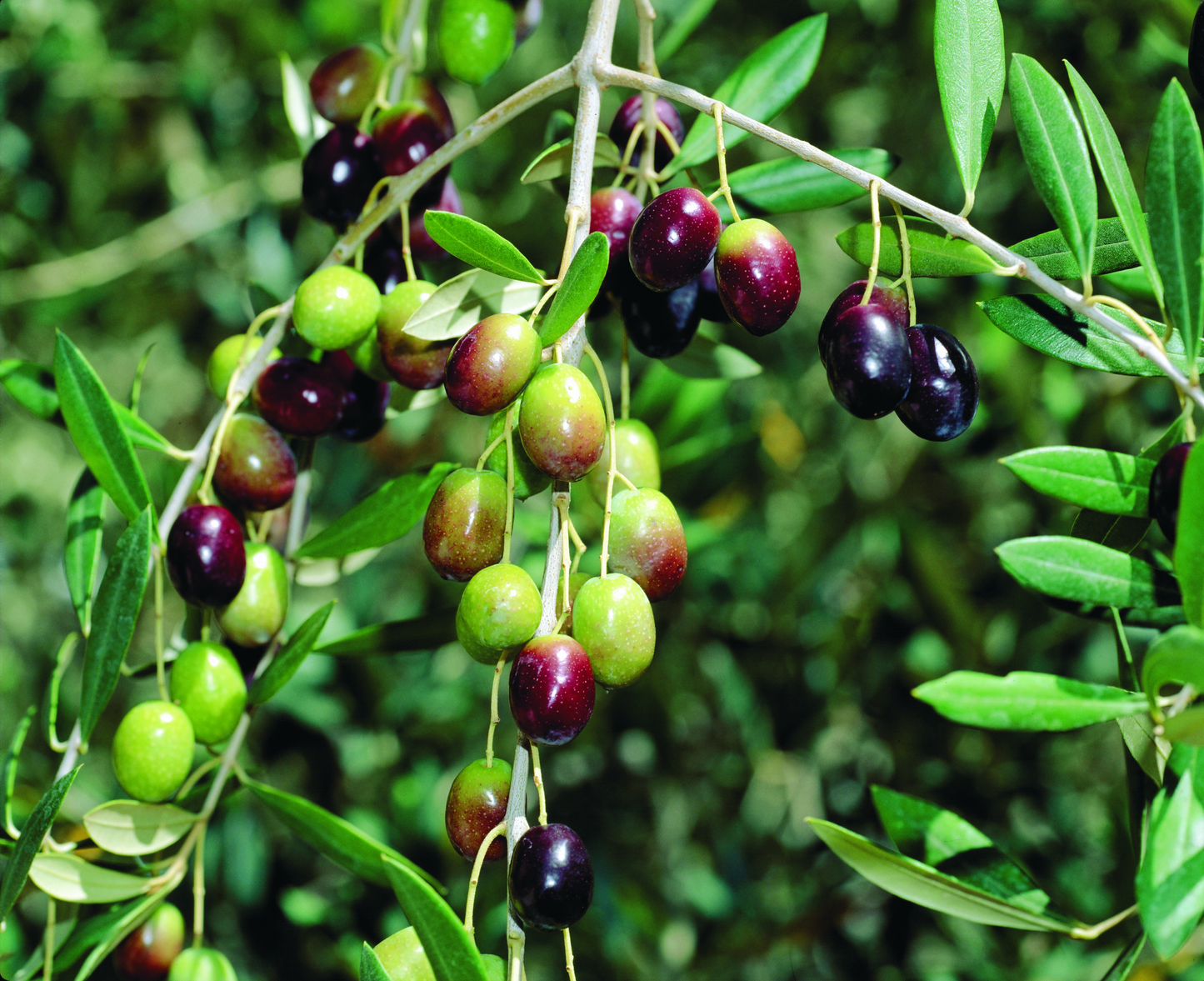Plantparadise
Hybrid Sweet Olive Plant
Hybrid Sweet Olive Plant
Regular price
Rs. 480.00
Regular price
Rs. 999.00
Sale price
Rs. 480.00
Unit price
per
Couldn't load pickup availability
The olive, botanical name Olea europaea, meaning ‘European olive’ in Latin, is a species of small tree or shrub in the family Oleaceae, found traditionally in the Mediterranean Basin. When in shrub form, it is known as Olea europaea ‘Montra’, dwarf olive, or little olive
Planting And Care
Refer our team for detailed procedures and meanings of words related to gardening.
Sunlight
- Sunlight of more than 6 hours a day is ideal for flowering and fruit development of plant.
Soil
- he soil should be well drained, fertile and rich in organic content.
Watering
- Poke your finger/plain small stick into the soil to check the moisture.
- Apply 4 cup(approx. 200 ml) of water when the top soil (1-2 inch) in the pot feels dry to touch.
- Do not overwater the plant.
- As a rule of thumb, water the plants thoroughly in summer and reduce watering in winter and rainy season.
- Water should be applied preferably in the morning or evening.
Application of
- Before application of fertilizer loosen the topsoil without disturbing the roots of the plant so, it can uptake the nutrients and moisture easily.
- Apply organic fertilizer once a month during the main growing season (December-February)
- Apply water immediately after application of fertilizer.
Re-potting
- When a plant outgrows in current pot, re-pot with fresh potting soil and some fertilizer.
- Do the re-potting late evening and keep the plant in shady area for 2 to 3 days and then move the plant in its suitable climatic condition.
-
Plant Protection
- Remove dead, infected or damaged plant parts and discard them away from the plants.
- For any insect attack or disease, you can use Neem oil, Eucalyptus oil or Citrus oil spray for primary treatment.
Materials
Materials
Shipping & Returns
Shipping & Returns
Dimensions
Dimensions
Care Instructions
Care Instructions




